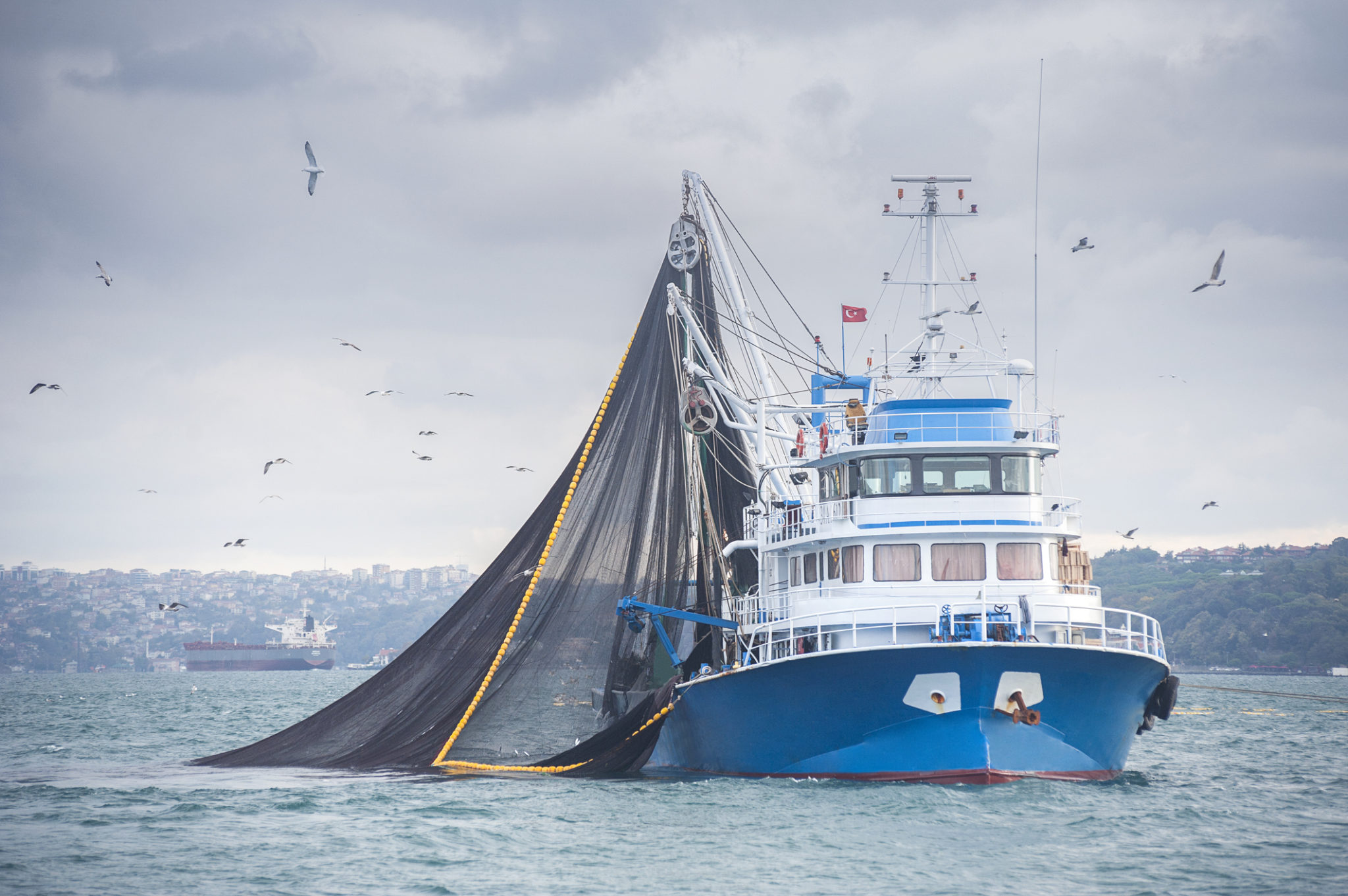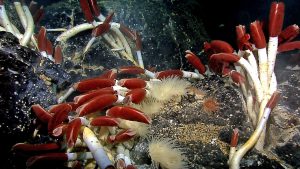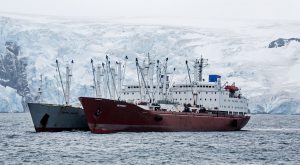The high seas cover two thirds of the ocean and are home to 90% of marine life, but this vast expanse of water and seabed that lies beyond the national jurisdiction of any one country has no comprehensive protection.
In an effort to fix this, countries are meeting at the United Nations (UN) headquarters in New York until 18 September, marking the start of a two-year process to agree a treaty to protect the high seas.
This is needed because unrestrained and increasingly risky exploitation of resources threatens these huge ecosystems. Fish populations, for example, have declined by 50% over the past 50 years as a result of overfishing and Illegal, unreported and unregulated (IUU) fishing.
No man’s sea
The UN Convention on the Law of the Sea (UNCLOS) guarantees countries the freedom to fish, travel and lay cables in the high seas. It also defines the responsibilities of nations with respect to their use of the ocean, establishing guidelines for businesses, environmental protection, and the management of natural resources.
But technological advances are opening up the seabed to another freedom: extraction of mineral resources. Over ten countries, including China, Korea, Japan and Germany, are currently prospecting for mineral resources in the Atlantic, Pacific and Indian oceans.
The minerals and rare earth metals they gather are valuable components in everyday items like electrical wiring to more complex industrial machinery, and even renewable energy components.
At the moment there is no requirement for operators to submit an environmental impact assessment before starting deep-sea mining, and no overarching agreement to protect biodiversity on the high seas.
Under UNCLOS, almost 20 international organisations manage human activities on the high seas, but they are restricted in their scope. For example, the International Maritime Organization manages safety and prevention of pollution in the shipping sector, whereas regional fisheries management organisations oversee specific fish populations. But many forms of marine life are migratory and frequently move between different habitats.
Depending on the method of calculation used, only 2-7% of the ocean is protected – and less than 1% of the high seas.
“Our battlefield is very fragmented,” says Duncan Currie, a marine law specialist and advisor for the High Seas Alliance and Deep Sea Ocean Coalition, describing the challenge of high seas conservation.
There is an urgent need for a new international consultation mechanism for the sustainable exploitation of resources in the high seas.
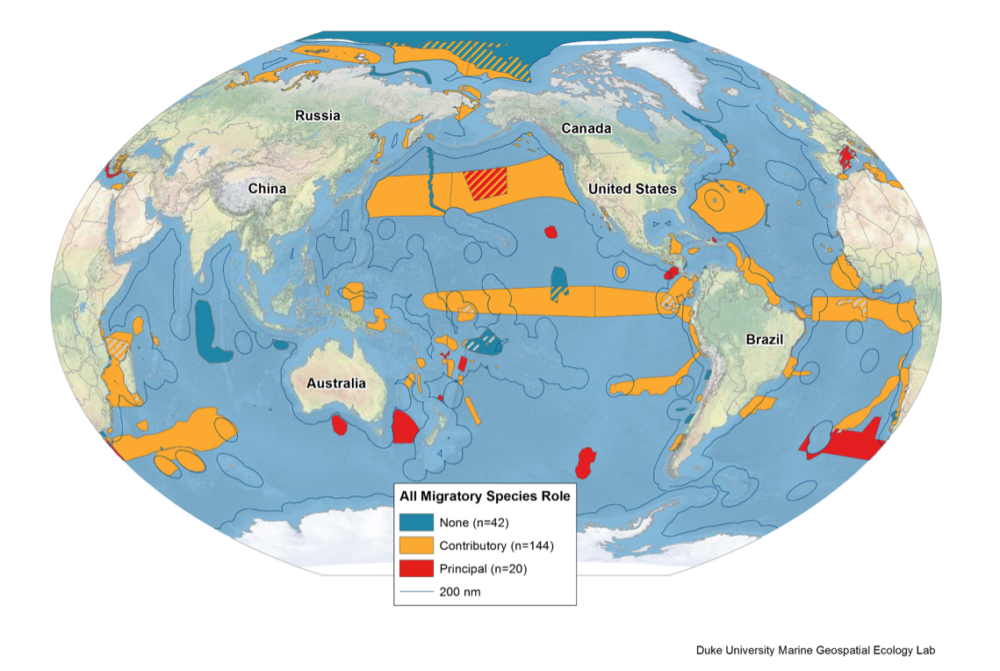
Sharing the benefits and responsibilities
The goal for the talks is to ensure that nations can share equally in the benefits and resources offered by the high seas, and can work together to ensure sustainable development of the marine environment.
To achieve this, the talks have four aims. The first is an environmental impact assessment system for areas beyond national jurisdiction. Countries must decide how to apply existing environmental impact assessment systems, which are usually operated on land by local governments, to international waters.
The other aims are to establish a system for sharing the benefits of marine genetic resources; to build capacity and transfer technology for developing nations; and to establish regional conservation mechanisms.
But setting up reserves and requiring environmental impact assessments would place limits on the freedom of the seas enshrined in UNCLOS, meaning it would require an adjustment. This is why a binding agreement on protecting the high seas is being seen as the most important piece of marine legislation since UNCLOS came into effect in 1994.
Two big challenges
Xue Guifang, a polar and marine governance expert with Shanghai Jiao Tong University, believes the biggest problems facing the talks are competing concepts and competing interests.
“Senior academics in the field of international marine law commonly have very traditional ideas about the freedom of the seas, which will obstruct the talks,” says Xue, adding that some delegations do not recognise the concept of high seas biodiversity.
This is reflected in the sluggishness of the negotiation process. International recognition of marine “biodiversity in areas beyond national jurisdiction” (BBNJ) was reached in 2004 when the UN General Assembly set up a working group on the topic. However, it was only in 2015 that the working group proposed developing a treaty.
Even the preparation of a negotiating text for this meeting showed how old ideas continue to hamper progress. The earlier meetings were held on the principle that existing legal documents, frameworks and bodies would remain unaffected, but in all likelihood, the only way to achieve the aims of the talks is to restrict the freedoms enshrined in UNCLOS.
Hu Xuedong, deputy head of the office of the China Ocean Mineral Resources Research and Development Association, describes two opposing camps on high seas biodiversity: with the European Union on one side, and the United States, Russia and Japan on the other.
The EU wants to see rigorous third-party assessments of environmental impact assessments, and for mining to be permitted only when there is a full understanding of the risks. Such assessments would not only be expensive to produce, but perhaps impossible given current science and technology.
The US, Russia and Japan, on the other hand, want to see assessments based on “the most advanced science and technology” – that is, to understand the risks as far as capabilities allow. They refuse to consider third party assessments.
Similarly, creating a large network of marine reserves would restrict the current freedom to fish. In 2011 a marine reserve in the Antarctic’s Ross Sea was proposed but it was only in October 2016 that it was passed – and was a third smaller than originally planned.
“It’s clear that [a final treaty] will be put in place. But two years is optimistic, it could be three to five years, if not longer, because [discussion of] every topic is going to be slow,” says Xue Guifan.
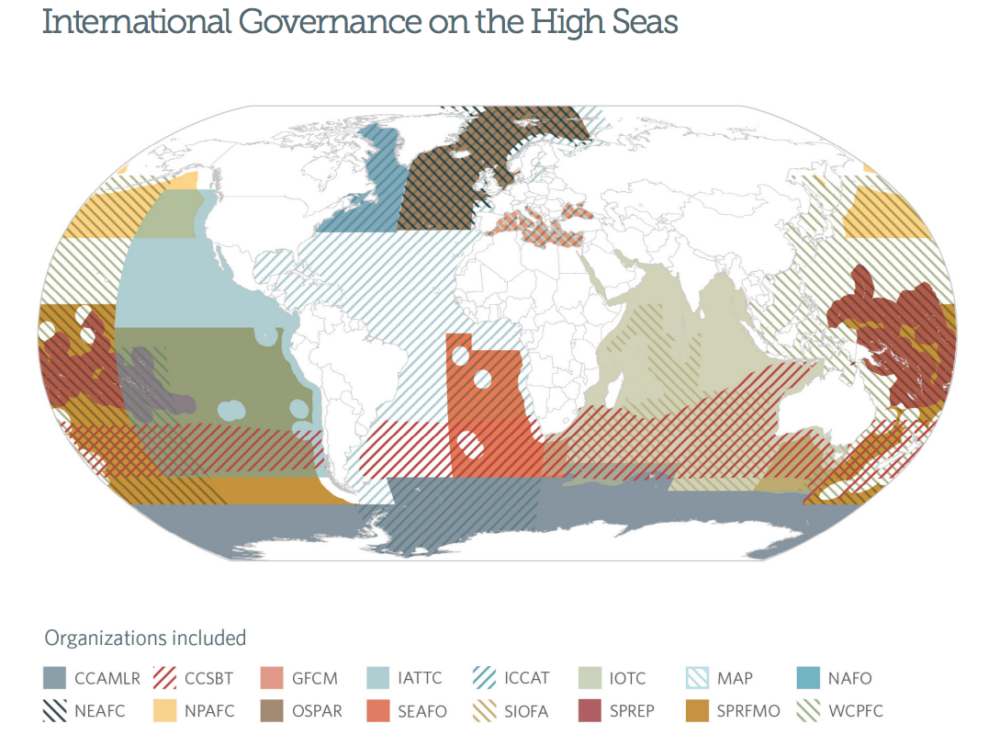
The nuances of China’s position
The BBNJ talks in New York will disrupt the existing marine governance system. Russia is strongly opposed to extending marine protection; Japan is also resistant. China, standing with other developing nations, has a more nuanced position.
Li Shuo, senior climate and oceans advisor at Greenpeace, thinks that China needs to promote “benefit sharing” (equal access to resources) with other developing nations. But China already benefits from significant advances it has made in marine science and technology, and is wary of surrendering too many of its own interests.
China’s distant water fishing fleet is the world’s largest; it has research teams working deep in Antarctic and Pacific waters; and prospecting teams working on the seabed. Backed by its economic strength, China has an increasing stake in global marine development and research.
“There aren’t many nations in the same awkward position as China,” says Li Shuo, referring to China’s conflicting interests of sharing access to natural resources with developing countries and protecting its own interests
The decision by five of the world’s largest krill fishing companies, including a Chinese firm, to halt fishing in ecologically vulnerable waters off Antarctica, along with a China-EU ocean partnership, are a positive sign that China is willing to compromise. China has long been opposed to protecting Antarctic reserves, but these subtle shifts have left people wondering if the country’s stance is changing.
Patrick Halpin, associate professor of Marin Geospatial Ecology at Duke University, hopes to see “China evaluate the role it plays in the migratory routes of marine species, and play a full role in their protection”.
